Aug
28,
2017
Ladies Only Train Car
Aug
26,
2017
Japanese-Online.com Contributed Article
How Music Can Help You Learn a New Language
Language and music are deeply entwined. They are sisters to each other, both rooted in rhythm, tone, and melody. Likewise, they both have a learning curve to the newcomer. But, the beauty is, these two can be combined for an incredible result; learning a new language with the help of music is incredibly effective.
It was previously thought that language and music used two differing brain functions. Speech functions were localized in the left-brain hemisphere and language in the right. But scientific advances in brain imaging technology have challenged that idea as of late. In fact, it’s becoming increasingly clear that there’s a whole lot of overlap between the two. The data is overwhelming that music can aid in one’s quest to learn a new language.
How it Helps
If you were asked, “Which letter comes before R?”, you would probably have to sing the alphabet song in order to remember it is ‘Q’. Ask any kindergartener, and you will realize that, even at a young age, we become aware rather quickly of the perks of memorizing things in conjunction with music. It’s true, the power of music is seldom matched, both in terms of its memorization benefits and its complexity itself. For instance, think about how much easier it is for you to memorize your favorite song than it was to memorize your multiplication tables.
You see, certain songs trigger memories, just like the way scent does. Music can help ingrain in your mind events that happened years ago, and it can help you to recall them with ease. Channeling this tool when it comes to memorizing a new alphabet and language is just as effective. There is no reason you can’t help yourself memorize the hiragana and katakana alphabets with music. Not only will this make the process easier, but it will most likely make it more fun and interesting, too.
How it Works
The brain is an “association machine.” It remembers new information by connecting it with the information already there. So, the memories or facts you most easily remember are those that get linked, whether consciously or subconsciously, to memories and information already there. Simple enough, right? Just remember that for you to retain the vocabulary and store it in your long-term memory, you have to creatively connect them with something else. If you were trying to memorize the Japanese word “Oboemasu”, you could think of the oboe, a musical instrument, and you could pair “masu” with another word it reminds you of, perhaps the word, “massage”.
Songs create these same kinds of opportunities for making connections, which is why they’re so memorable. There are plenty of people who can’t remember their friend’s birthdays, yet they know all of the words to hundreds of songs. By pairing new vocabulary with music, you not only allow your brain to make more connections to the new words you are learning, but you target the rhythmic side of music and language that pair so well together, too.
By
Jane Sandwood, Freelance Writer
Aug
25,
2017
Japanese Animes --- Learn Japanese
Aug
24,
2017
Japan uses Metric System and More ...
In addition to sum, Japan uses "TSUBO 坪" to show how large the space is. TSUBO is based on two Tatami Mat size. Two Tatami mats create a square space that is 3.3 square meters. That is 35.52 square feet.
You count each Tatami as one "jo 畳". So if the room has 6 Tatami, it is called 6 jo room. That will be 19.8 square meter or 213.13 square foot.
Now you know how Japanese explain the room size.
Aug
19,
2017
Katsuouji - Drama Temple
http://www.osaka-info.jp/en/facilities/cat22/post_320.html
https://en.wikipedia.org/wiki/Daruma_doll
Aug
18,
2017
Japanese Curry
Do you put Worcestershire Sauce or Soy Source?
What kind of topping do you like? Do you like Katsu Curry? How about Row Egg?
White rice or brown rice?
Aug
17,
2017
What is Eki-Ben? えきべん or 駅弁
Ben is short for "Bento".
Have you had Eki-Ben before?
How did you like it.
Do you have a lunch box (Bento) in your country. If you do, please hare with us ... by picture, I mean.
Aug
14,
2017
Which way should you place broiled fish with head?
(A) Right
(B) Left
(C) Whichever you want
There is a correct answer.
×
- If you are a bloguru member, please login.
Login - If you are not a bloguru member, you may request a free account here:
Request Account

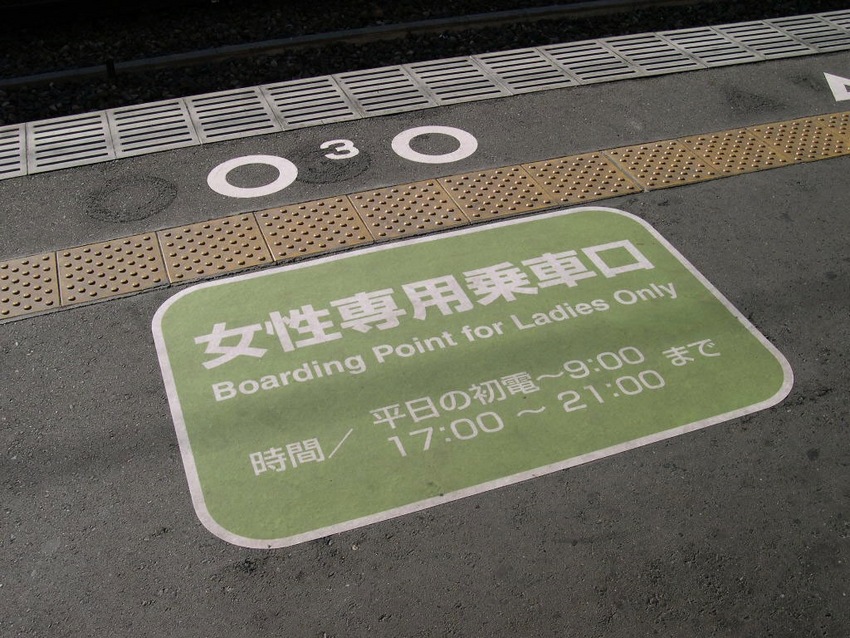
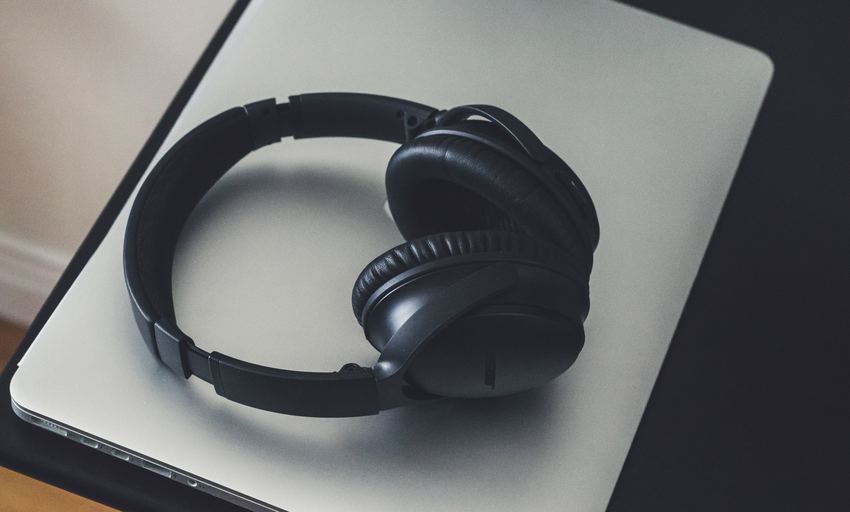
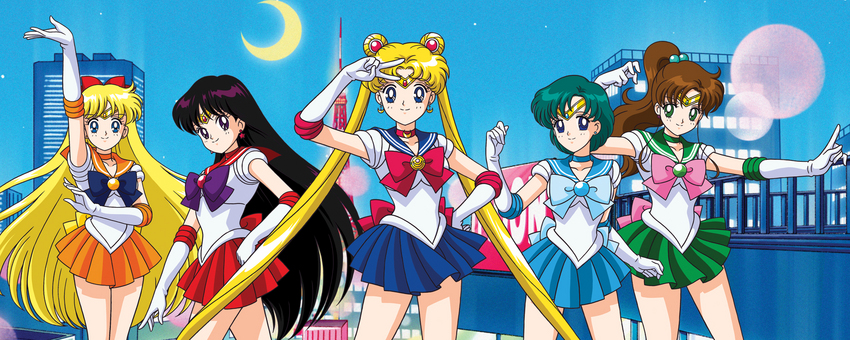
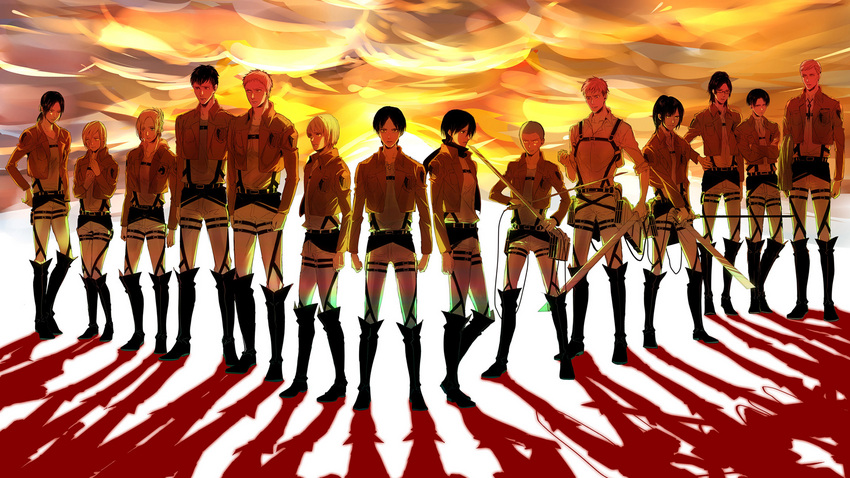
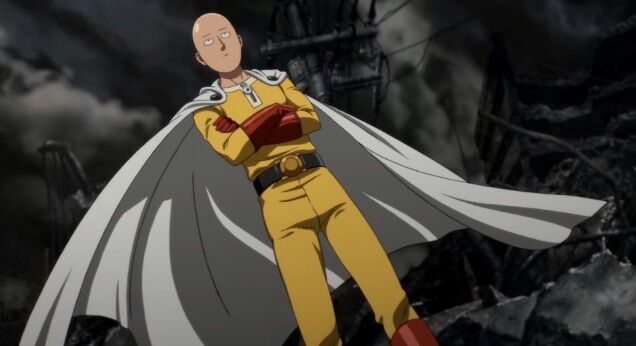




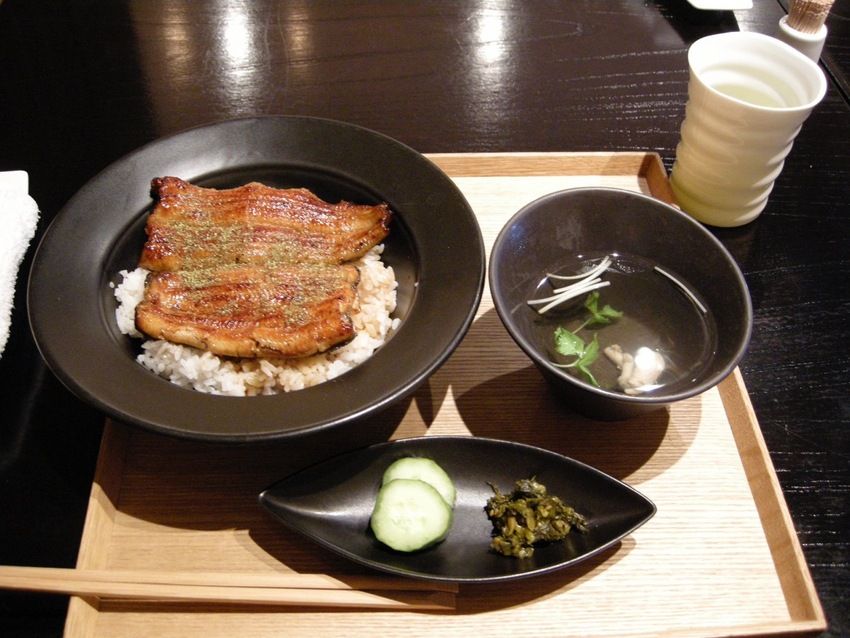
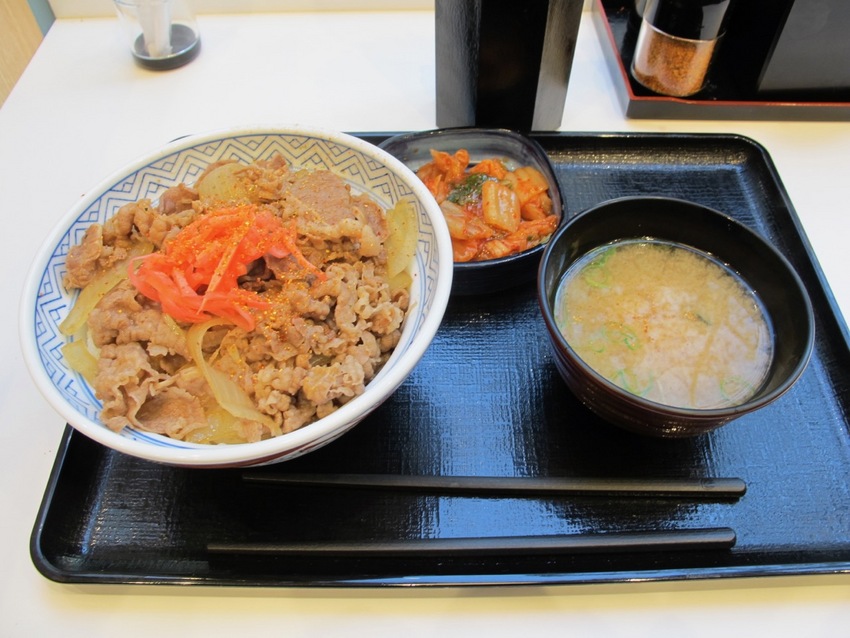
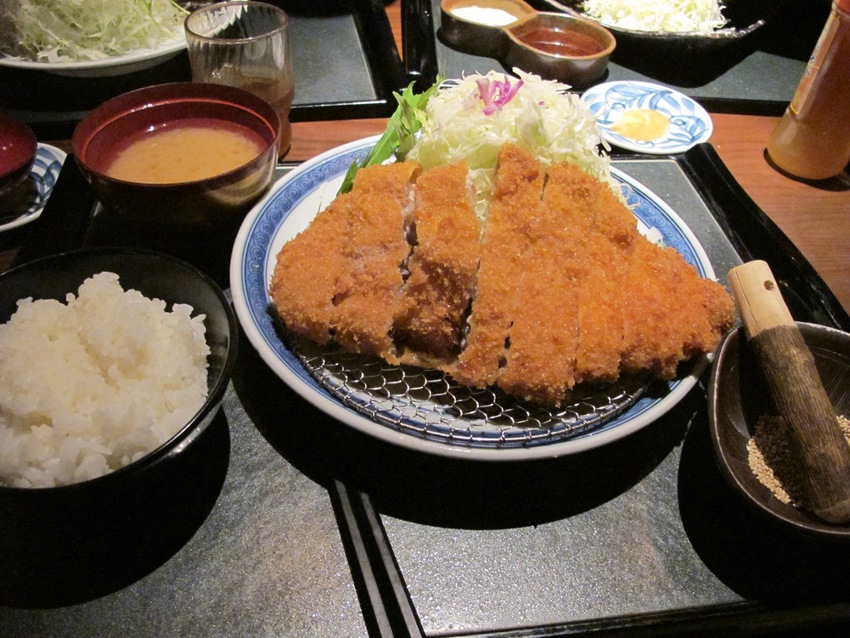











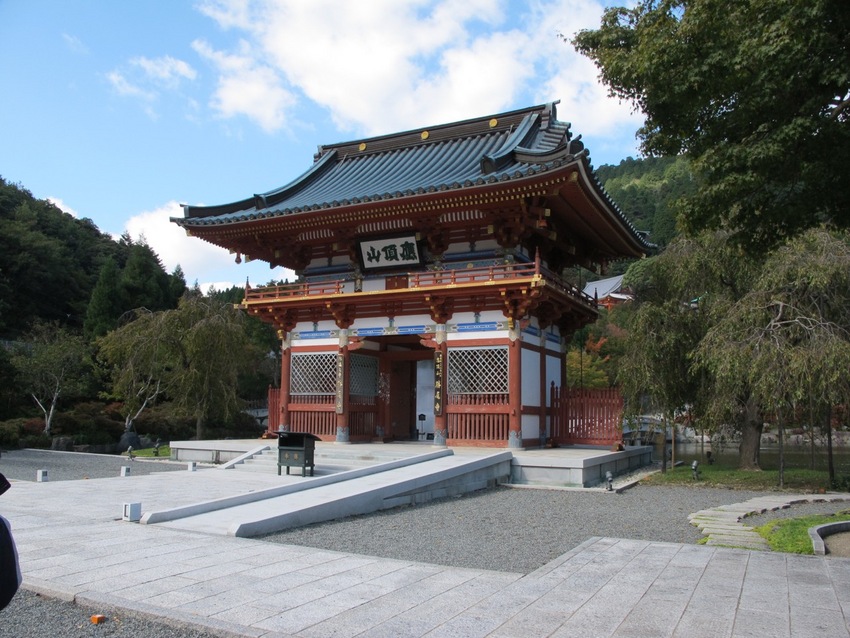
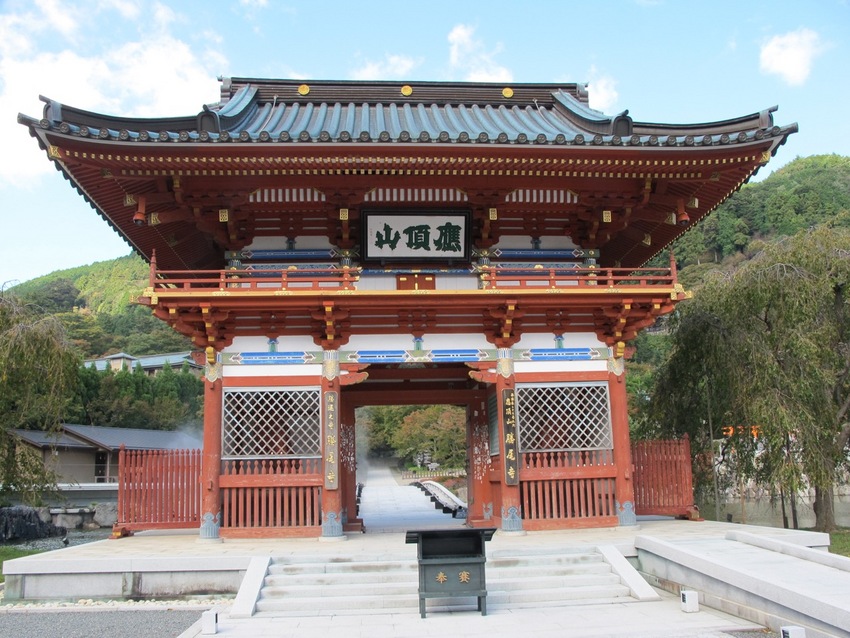
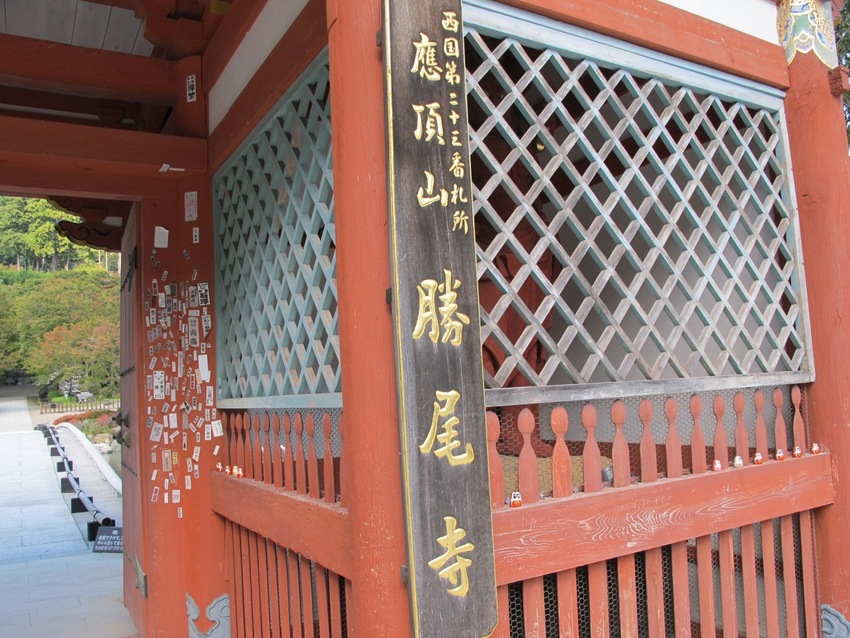














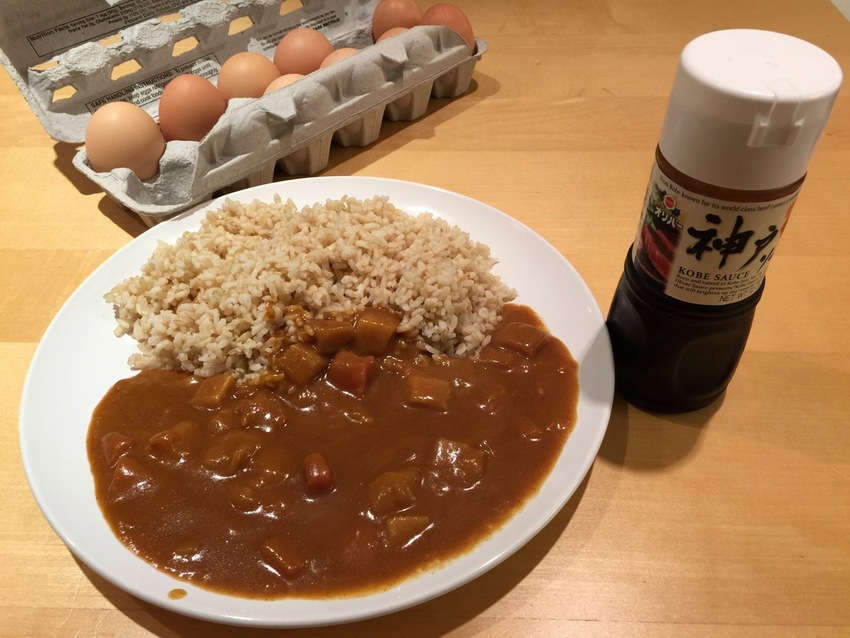

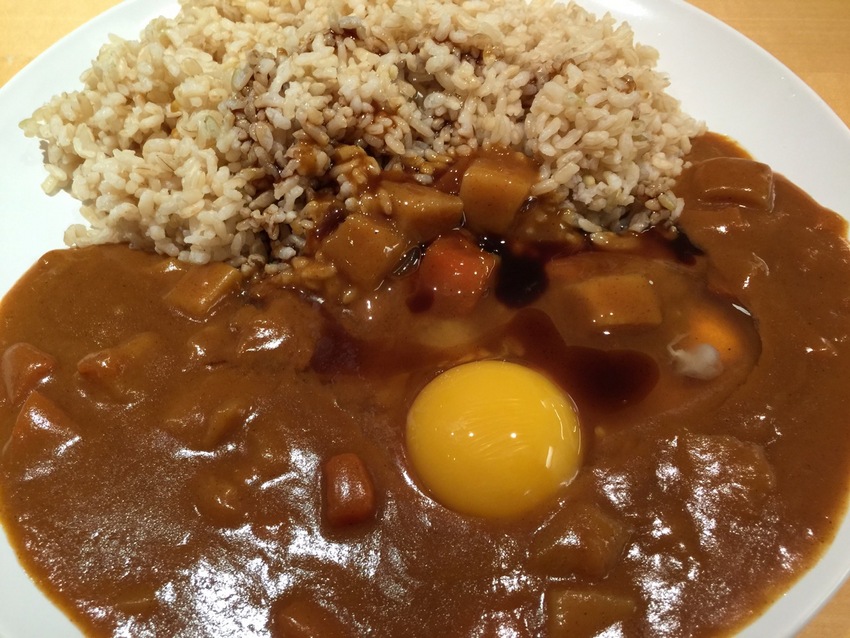
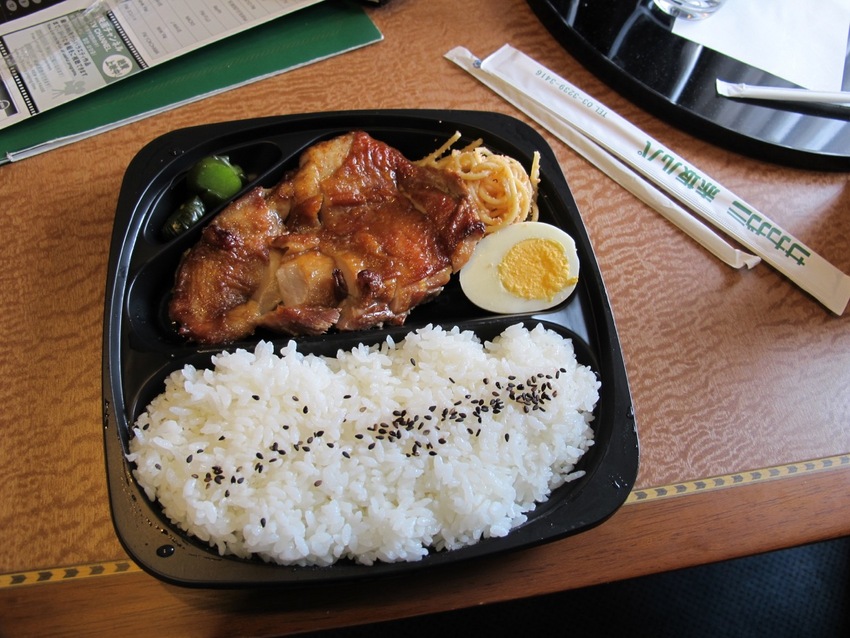
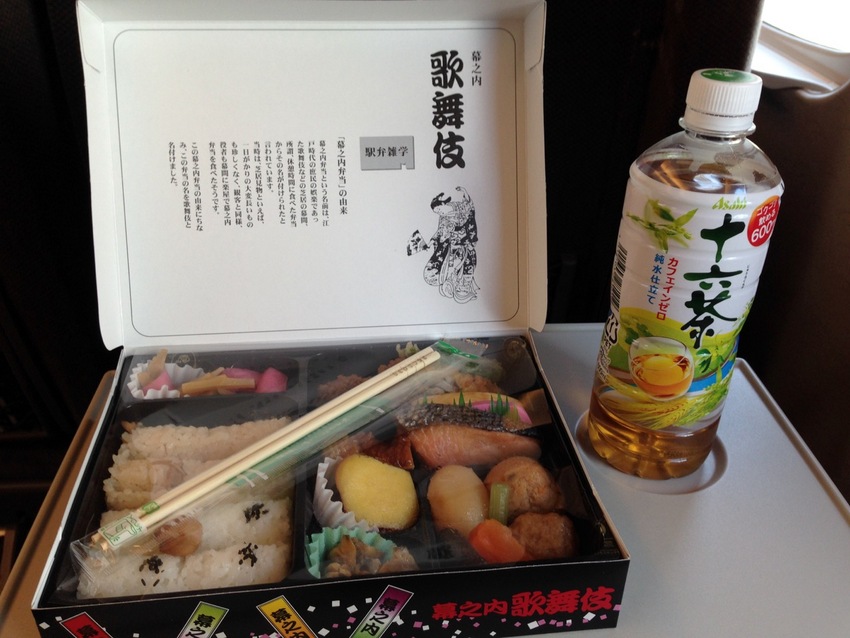
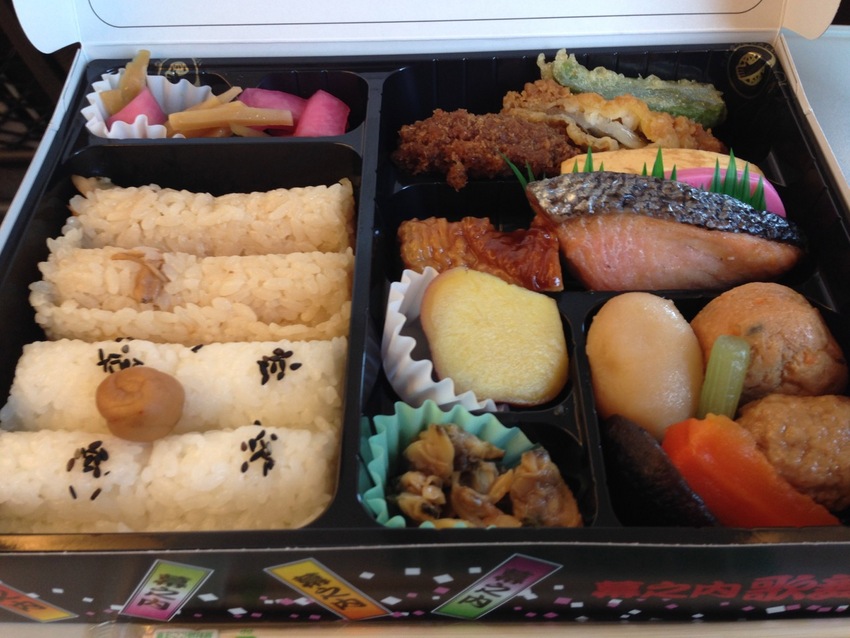




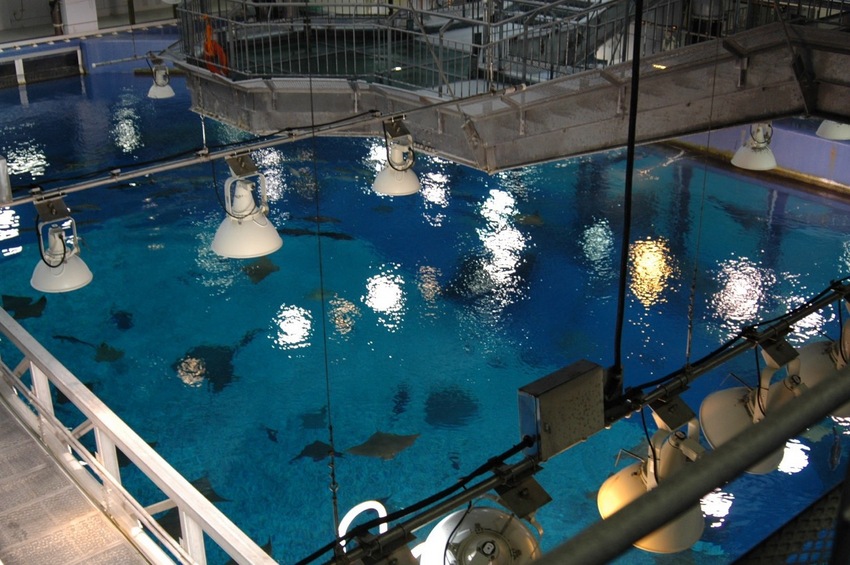
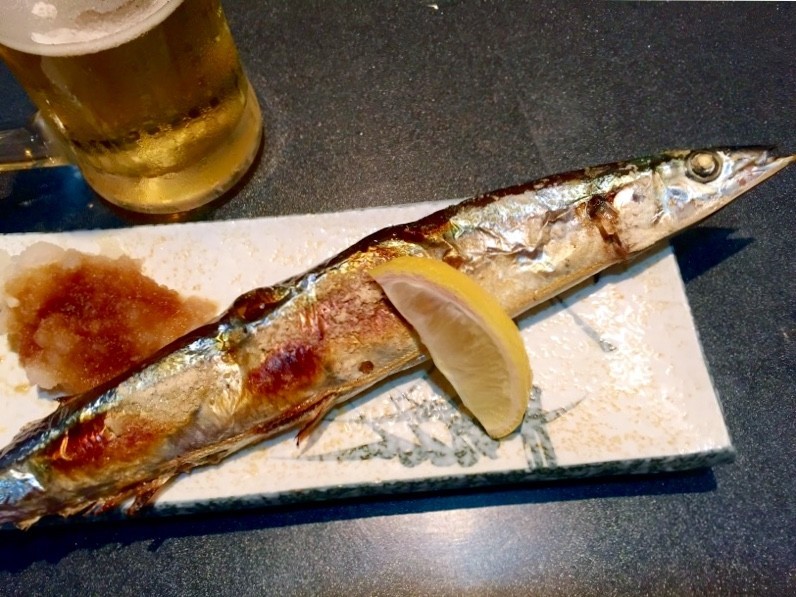

No Latest Comments